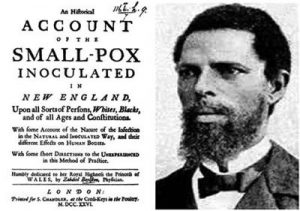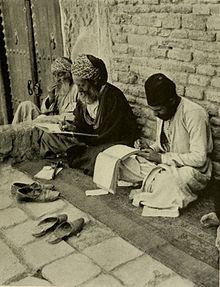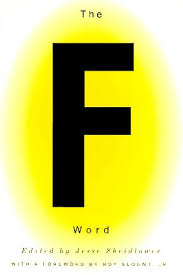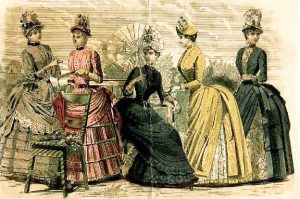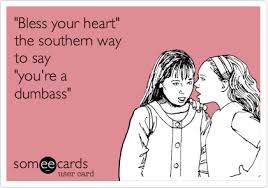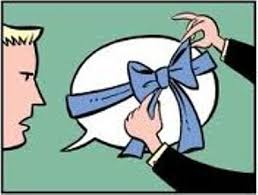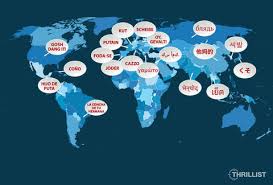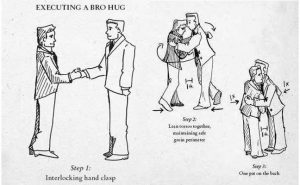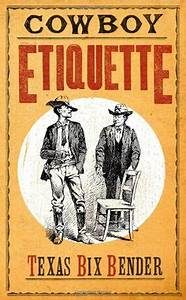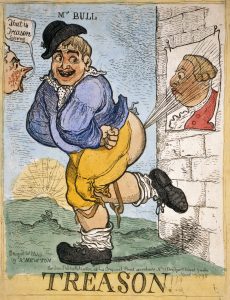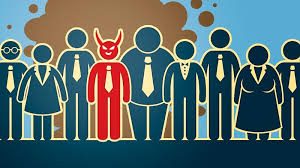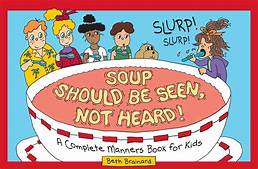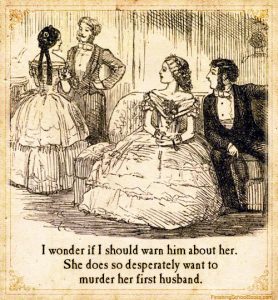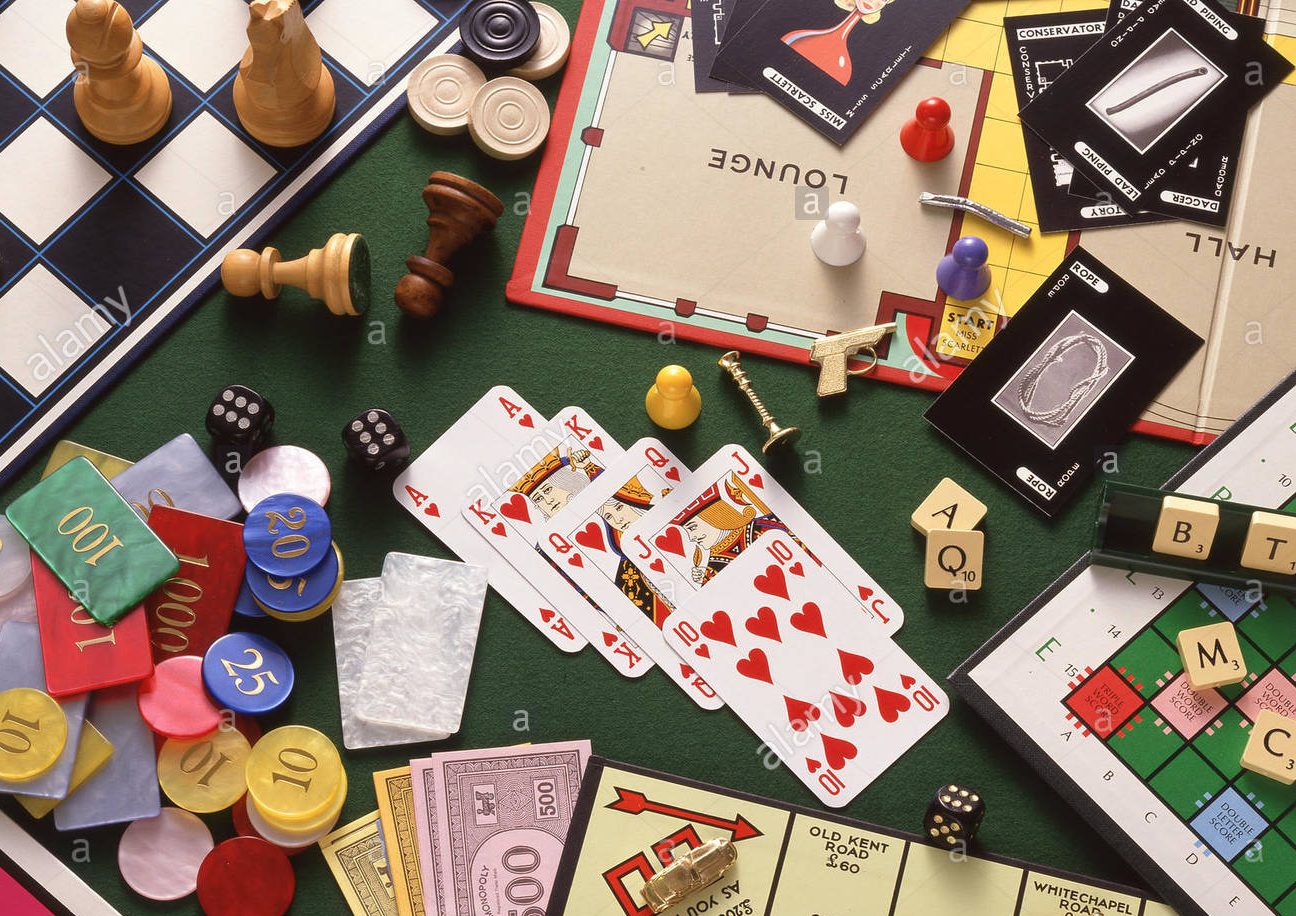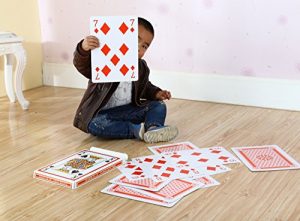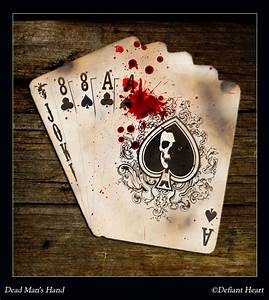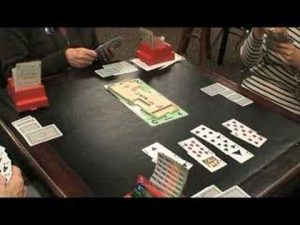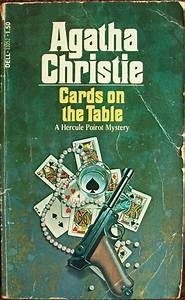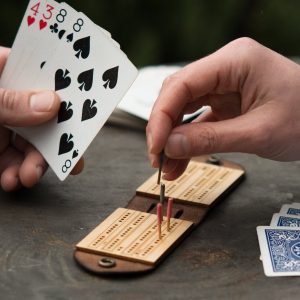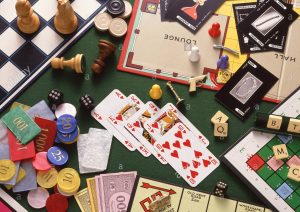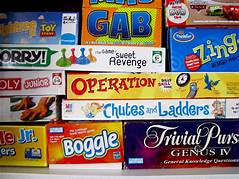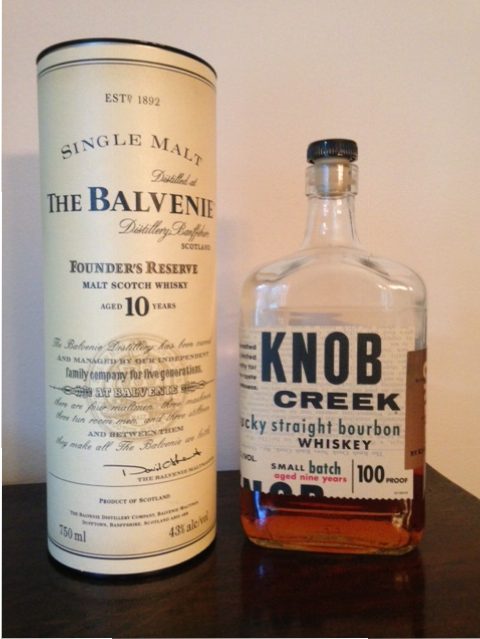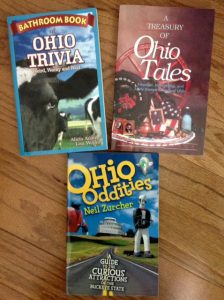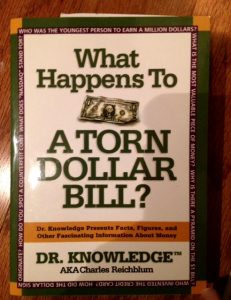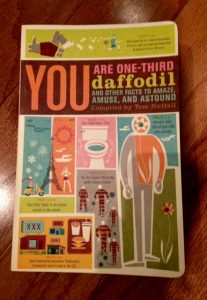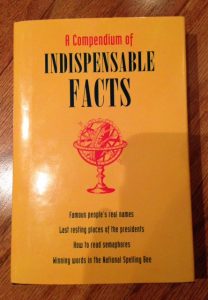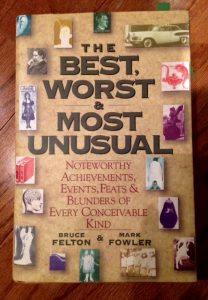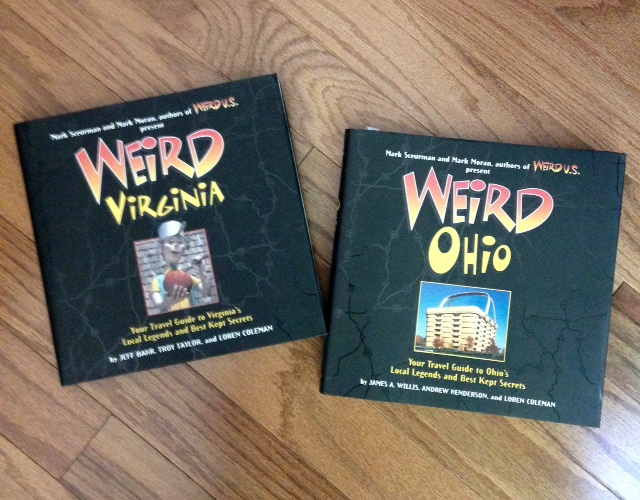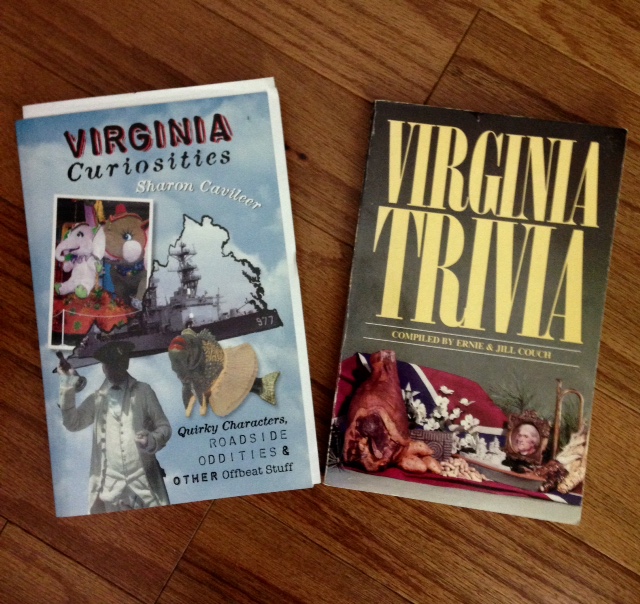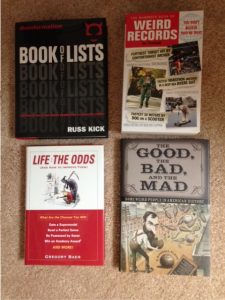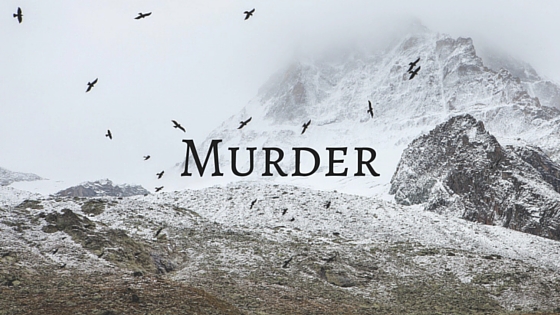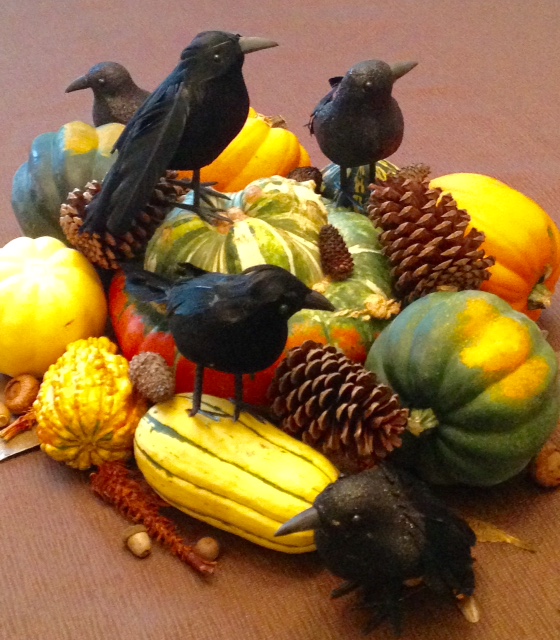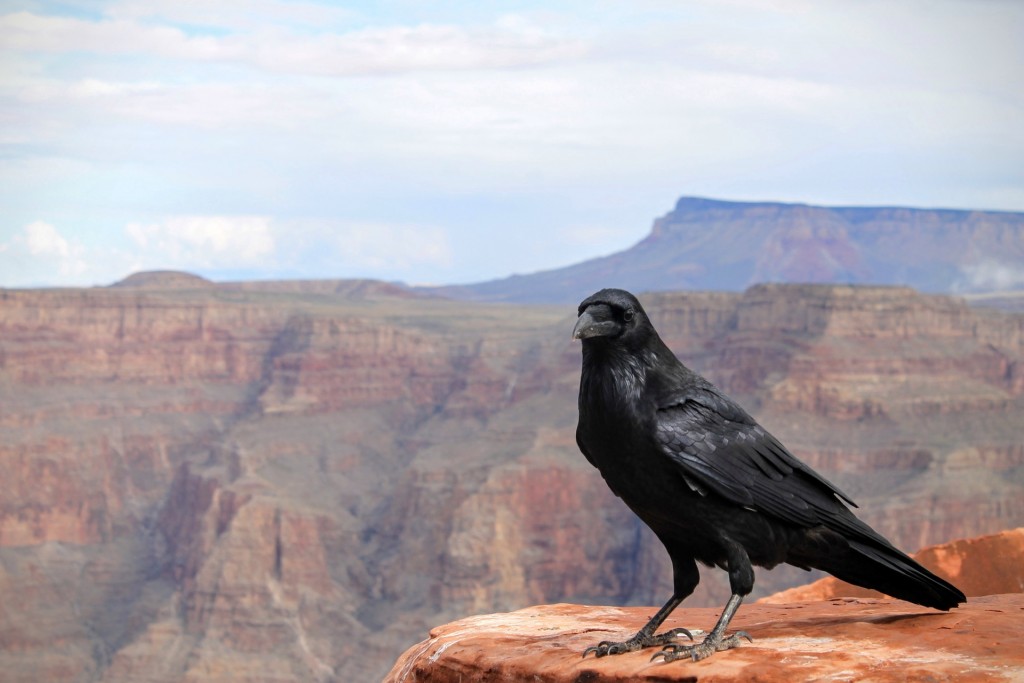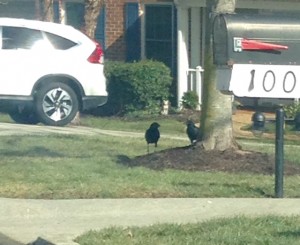
Michelangelo hated painting the ceiling of the Sistine Chapel so much that he wrote this lovely poem about it to his friend Giovanni da Pistoia:
I’ve already grown a goiter from this torture,
hunched up here like a cat in Lombardy
(or anywhere else where the stagnant water’s poison).
I enjoy odd, surprising, or little known bits of information. I hope you do, too, because I have accumulated so much of this stuff, it’s time for a dump!
The (Non-Human) Animal World

- Zoolingualism is the ability to talk with animals and understand their reactions.
- One species of jellyfish, Turritopsis dohrnii, is “immortal.” When damaged or traumatized, they can revert to their polyp developmental stage and start over.
- Snails can sleep up to three years if the weather isn’t moist enough to meet their needs.
- Hummingbirds beat their wings up to 70 times per second, faster than any other bird. Fast, yeah, but honeybees flap their wings 230 times every second!
- Giraffes only have seven bones in their necks, the same number as humans.
- Whales’ earwax forms in layers, so researchers can estimate a whale’s age and development by counting rings in a cross-section, just like rings on a tree.
- Nine-banded armadillos always give birth to quadruplets, all identical.
- Dolphins sleep with one eye open.
- This is called unihemispheric sleep.

- Frigatebirds fly for months over the ocean, using half their brains at a time so the other half can sleep during flight. They can also engage in regular sleep.
- Faster than humans: a running grizzly bear, 35 mph; a cheetah, up to 75 mph; and a diving golden eagle, up to 200 mph.
- Over long distances, humans still win! Huskies most closely rival humans in endurance.
- Approximately three percent of arctic ice is frozen penguin urine.
- Mystery writers take note: koala fingerprints are almost indistinguishable from humans’ — so much so, they can taint a crime scene.
- Gorillas have nose prints as unique as human (or koala) fingerprints. Conservation workers photograph and catalogue the patterns of wrinkles to track individual gorillas.

Humans, Both Normal and Not So Much
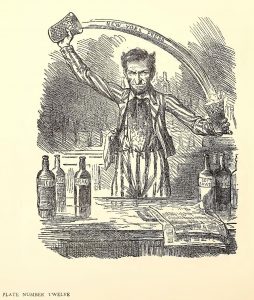
(from Lincoln in Caricature by Rufus Rockwell Wilson, 1903)
- People who suffer from boanthropy believe they are a cow and will try to live their life as a cow.
- King Nebuchadnezzer (creator of the Hanging Gardens of Babylon) may have developed boanthropy.
- Before he became president, Abraham Lincoln was an elite wrestling champion. In 300 matches, he only lost one.
- After serving as president, George Washington opened a whiskey distillery.
- A duel among three people is called a truel or a triel.
- Eating enough potatoes and butter, and nothing else, could keep a person alive for an indeterminate length of time—alive but not healthy.
- One-quarter of all the bones in your body are located in your feet.
- Human thigh bones are stronger than concrete.
- Hugs that last over 40 seconds release oxytocin and make you trust someone more.
- Queen Elizabeth always wears second-hand shoes. She employs a professional shoe-wearer to break in her shoes for her, preventing blisters on the royal feet.
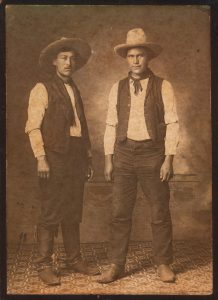
- The average person will spend six months of their life waiting for red lights to turn green.
- LeMarcus Thompson, a hosiery salesman, invented roller coasters to combat moral degeneracy.
- Before people said “cheese” to look like they were smiling for cameras, photographers often told subjects to say “prunes” to mimic the desired facial expression—stoic, with a small and refined mouth.
- Dr. Frederic Whitehurst, a former FBI analyst, demonstrated that more than 90% of all forensic FBI samples are flawed or inaccurate.
- Humans blink, on average, 12 times per minute. Speed and rapidity of blinking can indicate lots of interesting mental or physical conditions, useful for writers!
- Stress causes excessive blinking.
- Strokes may cause erratic blinking.
- Interest generally causes rapid blinking.
- Some medications cause slowed blinking.

- Alfred Hitchcock was an ovophobe, meaning he had a fear of eggs.
- In a 1963 interview, he said, “I’m frightened of eggs, worse than frightened; they revolt me. … Blood is jolly, red. But egg yolk is yellow, revolting. I’ve never tasted it.”
- Cleopatra wasn’t actually Egyptian. Really! Historians have traced the famous ruler’s lineage to Alexander the Great’s Macedonian general Ptolemy. So while she was an Egyptian queen, she was Greek.
- John Duns Scotus, a thirteenth century philosopher, believed that wearing a pointed hat spread knowledge to the brain and improved intelligence. “Dunsmen” who agreed with his ideas wore “dunce caps” as a sign of intelligence, but social derision eventually led to the dunce cap meaning the opposite.
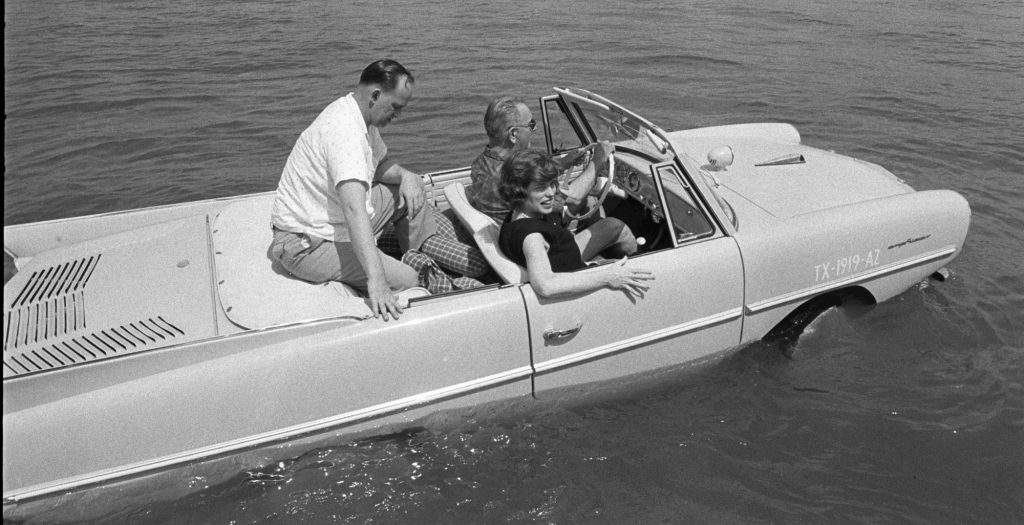
Weird Miscellaneous Facts

- When the Virginia Museum of Fine Arts opened in 1936, admission was 25 cent.
- General Admission is now free!
- The Olympic Games used to hand out medals for arts and humanities. At the time, 151 medals were awarded for architecture, literature, painting, music, and sculpture.
- What the fork? This pronged utensil was once considered sacrilegious because they were seen as “artificial hands.”
- The organ music at baseball games originated at Chicago’s Wrigley Field in 1941.
- “Baked” beans are actually stewed.
- The stage before frostbite is known as “frostnip.”
- LEGO has made more minifigs than the entire population of China, more than 4 billion.
- Eating bananas can help relieve negative emotions such as irritability, anger, and/or depression.
- Italian police stopped a shipment of Columbian coffee beans because the recipient shared a name with a famous Mafia boss in the film John Wick. In a “stranger than fiction” real life twist, police found that someone had hollowed out each coffee bean and filled it with cocaine.

- Spider webs were used as bandages in ancient times.
- Chemists at the University of Nottingham have synthesized antibiotic spider silk for this very purpose!
- A cloud can weigh more than a million pounds.
- A company called Eternal Reefs turns dead bodies into ocean reefs.
- The largest padlock in the world weighs 916 pounds.
- In the Philippines, McDonald’s serves spaghetti with McDo, friend chicken.
- Ethiopia uses a unique calendar, similar to the Egyptian Coptic calendar. It is currently 2014 in Ethiopia.
- Three Musketeers candy bars got their name because they originally came in packs of three, one each of chocolate, strawberry, and vanilla.
- The Brazilian team travelled to the 1932 Olympic Games in a coffee ship. They sold the coffee along the way to fund their trip.
- Two UK speed skaters funded their 2022 Olympic trip by creating and selling their own coffee brand.

(photo taken by the Mars Curiosity Rover)
BOTTOM LINE: Sometimes random bits of information are useful, sometimes just passing entertainment.
The internet abounds with interesting “facts” that aren’t actually true. For example, that giraffes have no vocal chords or that the average person swallows eight spiders in their sleep every year. One of my favorite websites is Snopes.com, where I can double check the truth of other websites and learn plenty more fascinating facts that are all sourced and cited.



















